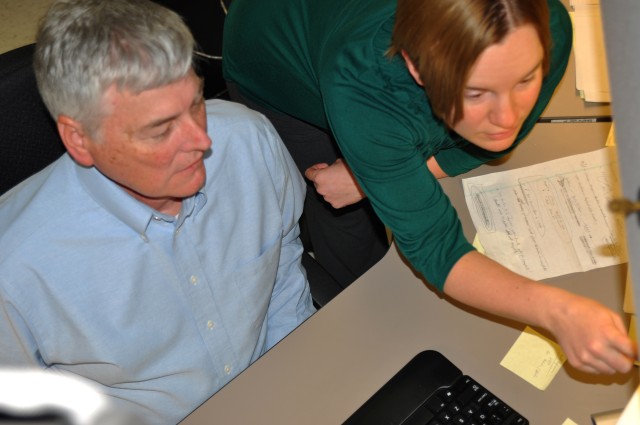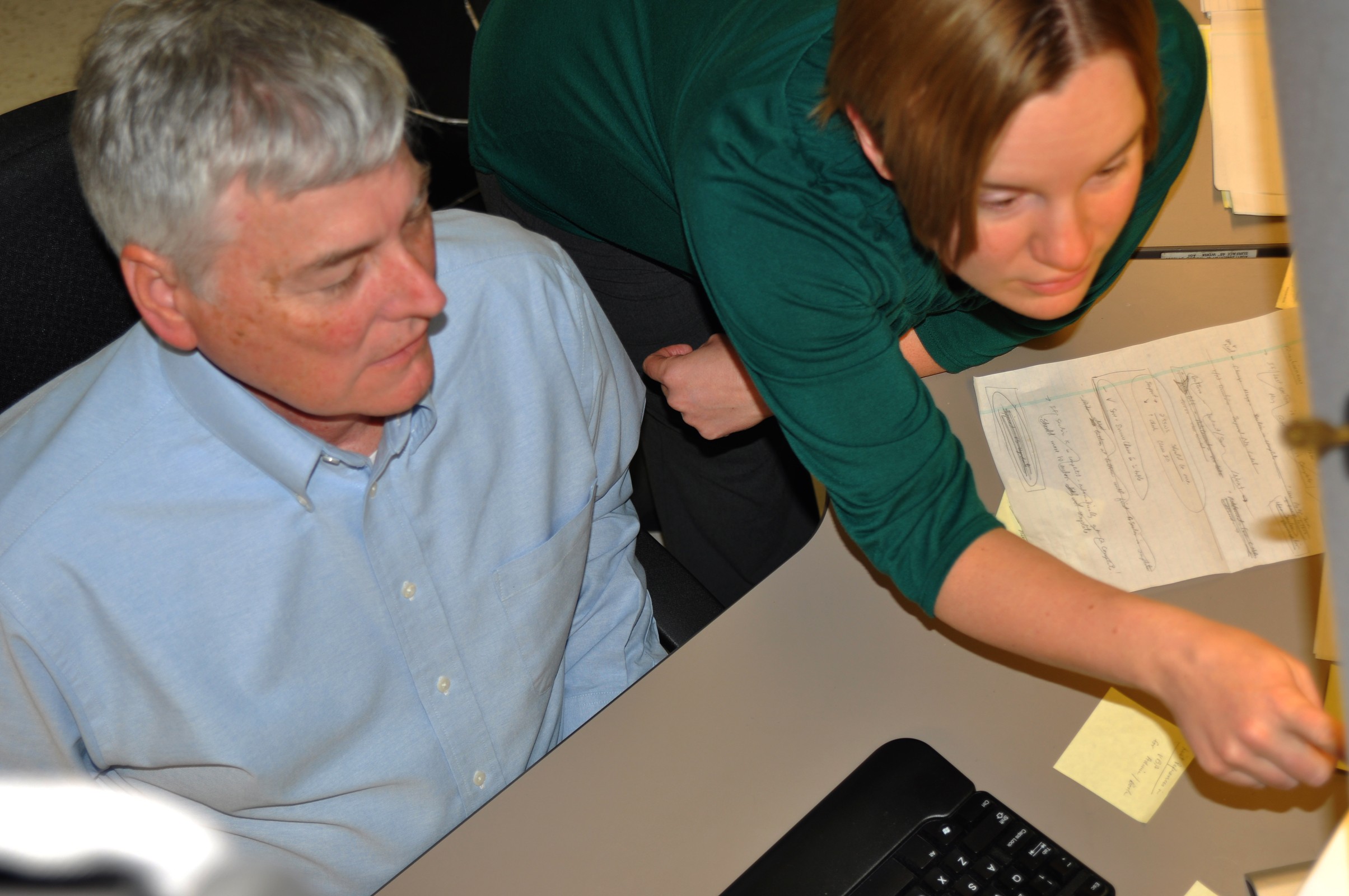FORT SAM HOUSTON, Texas -- Remember the unconventional chair that required an occupant be in a kneeling position - in order to sit'
The idea behind its design incorporated ergonomics, a scientifically-based methodology for fabricating equipment and work spaces in order to fit the employee, reducing work-related injury and fatigue.
The Army is going one step further; using ergonomics combined with human factors research to find alternative ways of improving learning and teaching methodologies, injury assessment and aftercare for Soldiers.
Ergonomics is synonymous with human factors explains Dr. Valerie Rice, chief of the U.S. Army Research Laboratory-Human Research and Engineering Directorate's field office at Fort Sam Houston.
Within the directorate are 22 field sites, located across the country, involved in a variety of research.
She said that many programs incorporate human factors in the fields of engineering, psychology, biomechanics and cultural studies where solutions to problems concerning the whole person, including his or her internal as well as the external environments are considered.
Psychological and cultural issues are integrated into the research because humans have limitations beyond the physical realm according to Rice; and the Army is interested because Soldiers serve in many non-traditional roles in other countries worldwide.
"Soldiers don't just go into fight. Often they are peacekeepers and must understand the people they are working with," Rice said.
The instructional aspect of her team's work at Fort Sam Houston looks at systems that will help students learn more quickly, retain material longer and hone instructor style for faculty at the U.S. Army Medical Department Center & School.
To assess challenges to student completion rates in coursework at the AMEDDC&S, research started with a focus group of Army instructors exploring reasons behind attrition; followed with a literature review investigating impediments to student achievement in medical fields at technical and advanced levels.
Rice said the preliminary work strongly suggested personal characteristics were directly associated with success and failure rates. The team then used this information to look specifically at AMEDDC&S students.
"We took [the focus group and literature review] information and did a large study in which we looked to see what personal characteristics were associated with pass/fail and grade point average for combat medics.
"We found some that were predictive of GPA and pass or fail," Rice said, adding this information was collected via survey of about 700 student Soldiers.
Predictors included study skills, ability to focus, coping mechanisms and fear of failure among others.
She explained this information was then reassessed using interviews with students with a grade of B or above, those who totally failed the program, and with a battle buddy for each of the interviewees, creating a system of checks and balances ensuring the data was accurate.
The research resulted in the Personal Academic Strategy for Success tool where students filled out a short questionnaire that gave immediate feedback on five strengths and five areas needing improvement.
The PASS tool provides a printout with techniques that would help students perform at a higher level during training and gives feedback to assist instructors with determining more appropriate teaching methods aimed at student success.
"If they scored low on study skills, their feedback is on how to study, how to learn, how to organize," Rice said.
"If they have difficulty focusing attention, you can tell them how to organize their time so they can study in short increments, recognize how they do things, and utilize (the information) so they can perform better."
"What if you have high-visual learners versus high-auditory learners'" Rice asks, explaining this knowledge could affect the presentation and study of coursework.
Rather than reading the material, a high-auditory learner might benefit by hearing the material read aloud or recording the lecture Rice explained.
After the PASS tool was developed; ease-of-use, feasibility and effectiveness testing was designed to determine how the program would be best utilized by the school.
"We wanted to see if this program reduced attrition, because if it's not reducing attrition, it's not getting us where we want to go," Rice said.
She said early results of the work indicates the attrition rate was reduced by 5 percent potentially saving the Army $1 million annually.
The PASS tool is currently in the implementation phase, scheduled for release by the end of this fiscal year.




Social Sharing